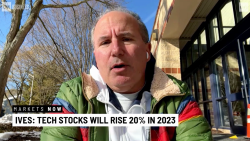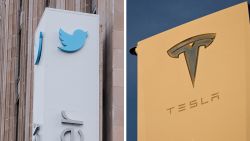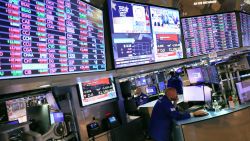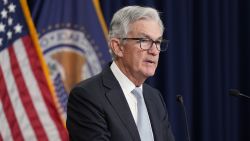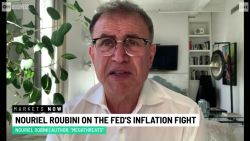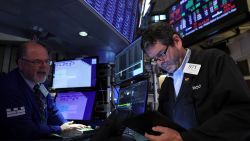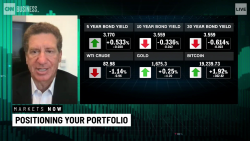Editor’s Note: Shawn Snyder is the head of investment strategy for Citi Personal Wealth Management. The opinions expressed in this commentary are his own.

On Christmas Eve last year, the S&P 500 bottomed out at 2,351 after months of selling.
Since then, a shift in the Fed’s monetary policy and an eventual easing of US-China trade tensions has helped drive the S&P 500 28% higher.
Heading into 2020, Citi predicts that global equity markets will see further, albeit modest, upside with the S&P 500 finishing the year at 3,375. That’s a potential return of around 5% to 6%. It is worth noting that the market could rally past this target early in the year as investors “chase gains,” but then give some ground back in the second half.
Certain sectors, such as industrials and financials, that are most sensitive to the business cycle may get an additional boost if trade tensions continue to ease. However, this trend may eventually reverse when investors become more defensive as they prepare for policy changes ahead of the US presidential election.
Overall though, 2020 looks like it should be a solid year for US investors as the strong momentum from 2019 is likely to carry over. Here are some reasons I’m optimistic.
The US consumer remains resilient
A healthy US consumer is key to avoiding a US recession. While manufacturing activity has declined throughout much of 2018 and 2019 as trade volumes slowed globally, consumer demand has remained resilient. According to the Bureau of Economic Analysis, consumer spending countributed 2.1 percentage points of the 2.1% growth in real GDP in the third quarter of 2019 (essentially all of the growth). This implies that manufacturers prepared for a decline that never happened and we should see a rebound in activity in the first half of 2020. We have seen these mini-business cycles before in 2011 and 2015, when manufacturing eventually rebounded as central banks eased monetary policy and we avoided recession.
Trade tensions are easing
A “Phase One” trade deal between the United States and China may be signed in early 2020 and NAFTA’s replacement, the US-Mexico-Canada Agreement, or USMCA, may be passed later in the year.
While we cannot rule out a revival of US-China trade tensions, it seems unlikely that tensions will re-escalate prior to the US presidential election. The Trump administration likely feels pressure to take a more measured approach on trade to limit economic risks and to bolster equity markets as the US presidential election approaches. If this is true, investors may see a modest uptick in business investment as corporate confidence returns.
The Federal Reserve is more of a tailwind than a headwind
By cutting interest rates three times in 2019, the Fed nearly reversed the four interest rate hikes of 2018. While monetary policy may not be the best method for addressing trade policy uncertainty or reigniting business investment, the Fed’s pivot has reassured investors and financial markets that the central bank is now acting to sustain the economic expansion.
Heading into 2020, the odds favor Fed rate cuts over rate hikes. This should be comforting to investors, as it implies that the Fed is willing to support financial markets if the US economy once again shows signs of weakness.
Global growth appears to be bottoming out
After a sluggish two years, global manufacturing looks like it is finally back on the upswing, with IHS Markit’s global manufacturing purchasing managers index climbing higher for four consecutive months now. This suggests that global growth may be starting to stabilize after manufacturers eventually found some alternative sources to tariffed Chinese products. Easier financial conditions likely helped as well. While US manufacturing is still in the doldrums due to the suspended production of Boeing’s 737 Max aircraft, we should see activity pick up in the New Year as inventories fall below demand. If US manufacturing does indeed begin to stabilize, this should help the country’s real GDP growth rate settle in around 1.5% to 2% year-on-year in 2020.
More Markets & Economy Perspectives
Global equity markets appear poised to move higher in 2020 as well, but investors should have realistic expectations. Some of the optimism about next year has likely been priced in already and returns likely won’t be reaching the same heights they did in 2019.



